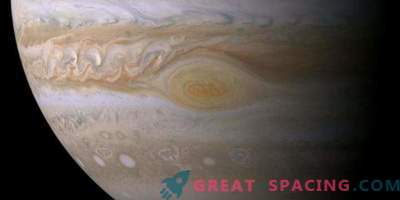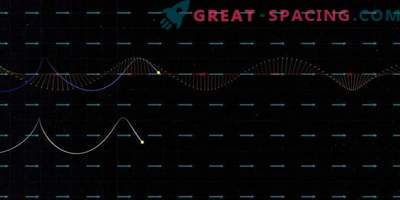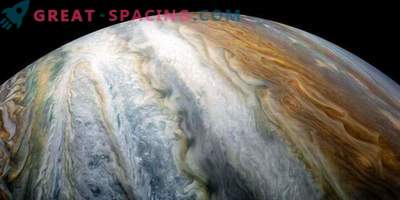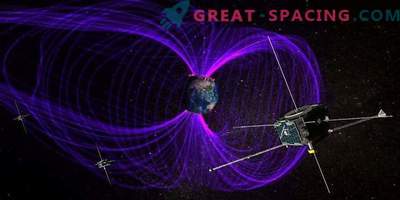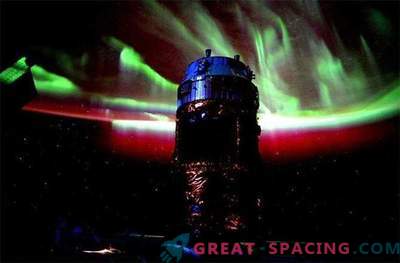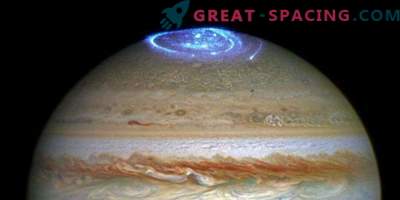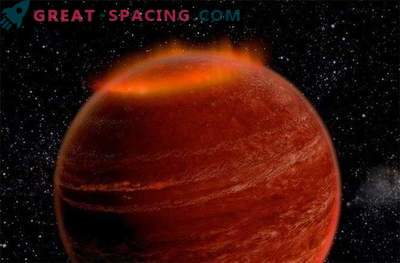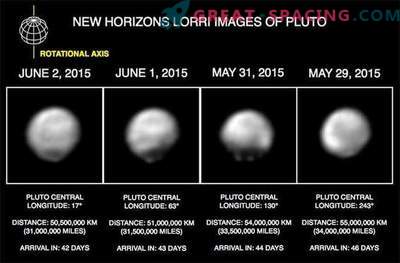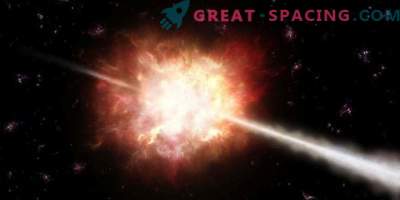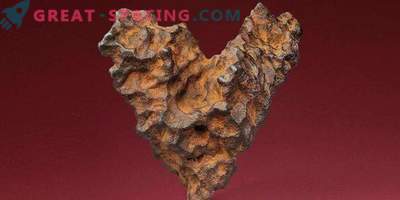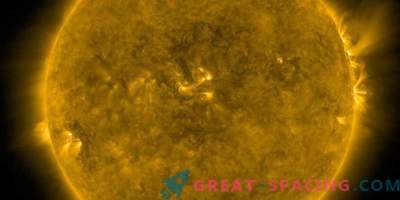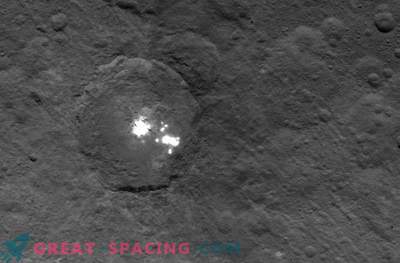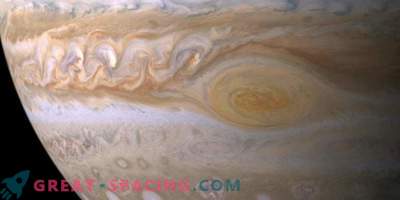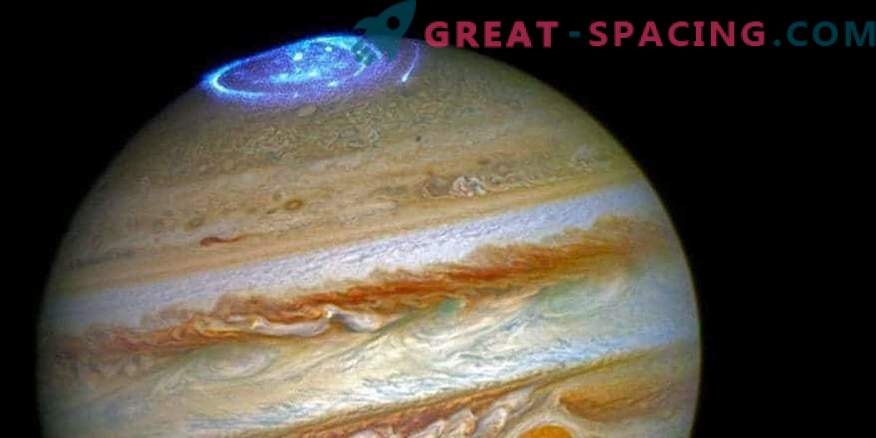
Scientists from the mission of Juno managed to track the huge energy reserve over the polar territory of Jupiter, affecting the giant's powerful radiance. But everything did not turn out the way they thought.
The data came from the UV spectrograph apparatus Juno. The team tracked strong electrical potential signals tuned to a magnetic field that accelerates electrons in the direction of a planetary atmospheric ball at an energy of 400,000 electron volts. It is 10-30 times more powerful than any terrestrial aurora.
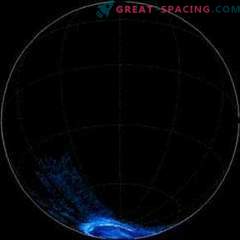
Before you is a composite view of the aurora gas giant's event, passed through the filters of Juno's UV spectrograph (2016)
Jupiter has the largest aurora events in our system, so scientists were not surprised to learn that electrical potential plays a role. But it is strange that they appear periodically and do not act as a source of strong earthly events.
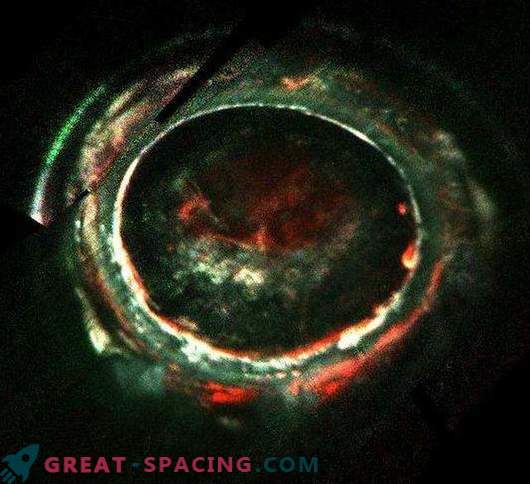
The image was created on the basis of Juno's UV spectrograph. Shown here are glow and electronic measurements that display discrete acceleration processes The giant's brightest radiance is caused by some turbulent process of acceleration, whose nature remains incomprehensible. The data hints that as the power density of the aurora generation increases, the process loses its stability.
Jupiter is perceived as a natural laboratory, on the basis of which it is possible to study distant exoplanets. Energy particles in the aurora also affect the understanding of its radiation belts, which interfere with missions.
Engineers have to do their best to protect equipment from radiation throughout the system. Such missions will teach us to defend against space weather.
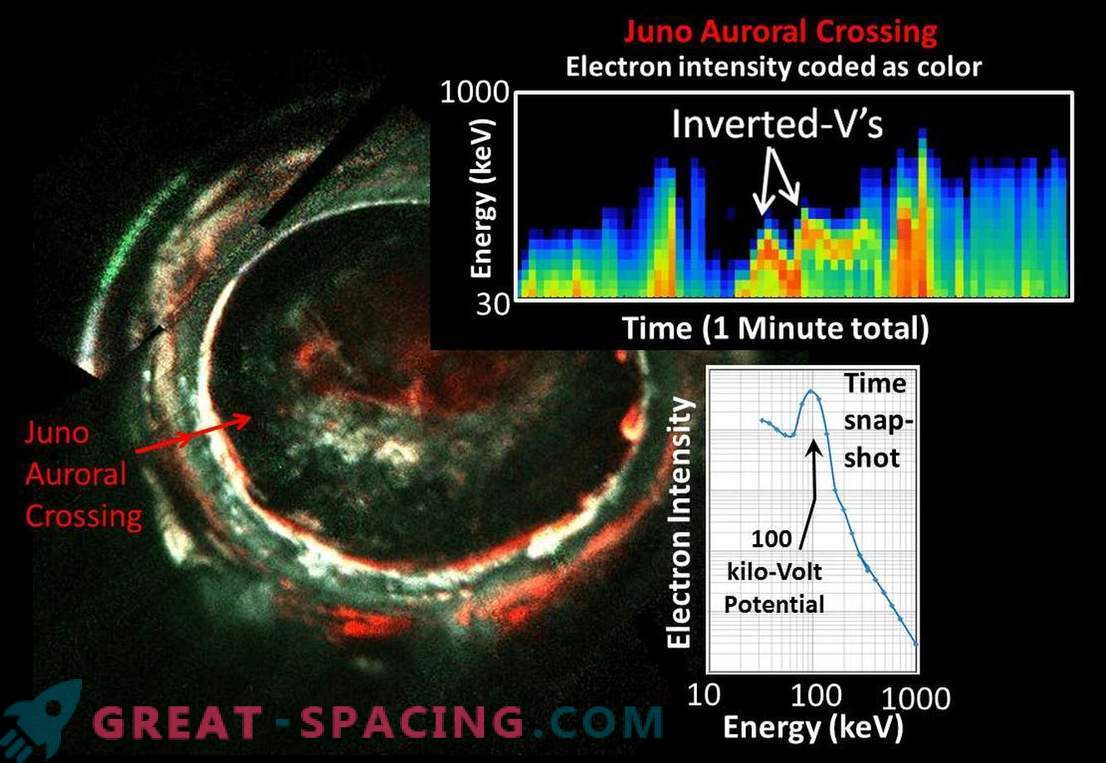
A global image of aurora with electronic measurements demonstrates the discrete process of accelerating the movement of aurora. The signature indicates the presence of powerful electrical potentials that accelerate electrons in the atmospheric layer.

